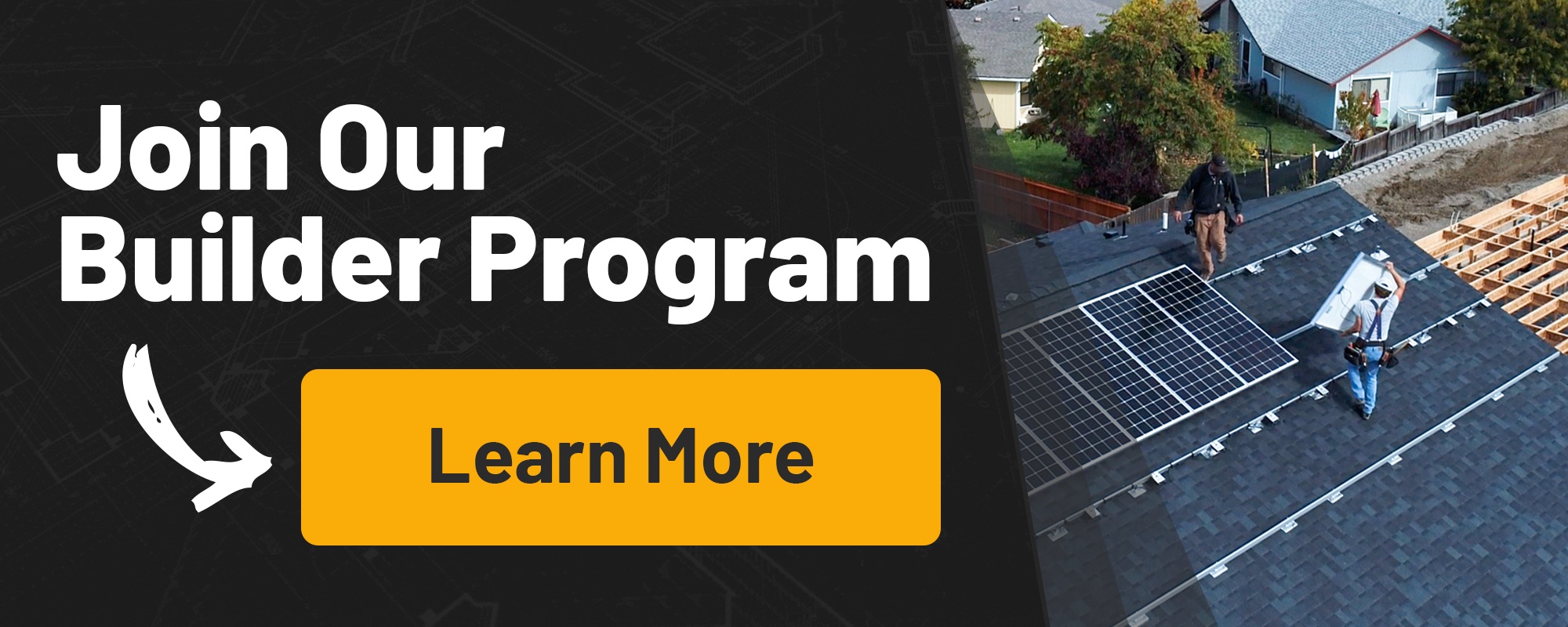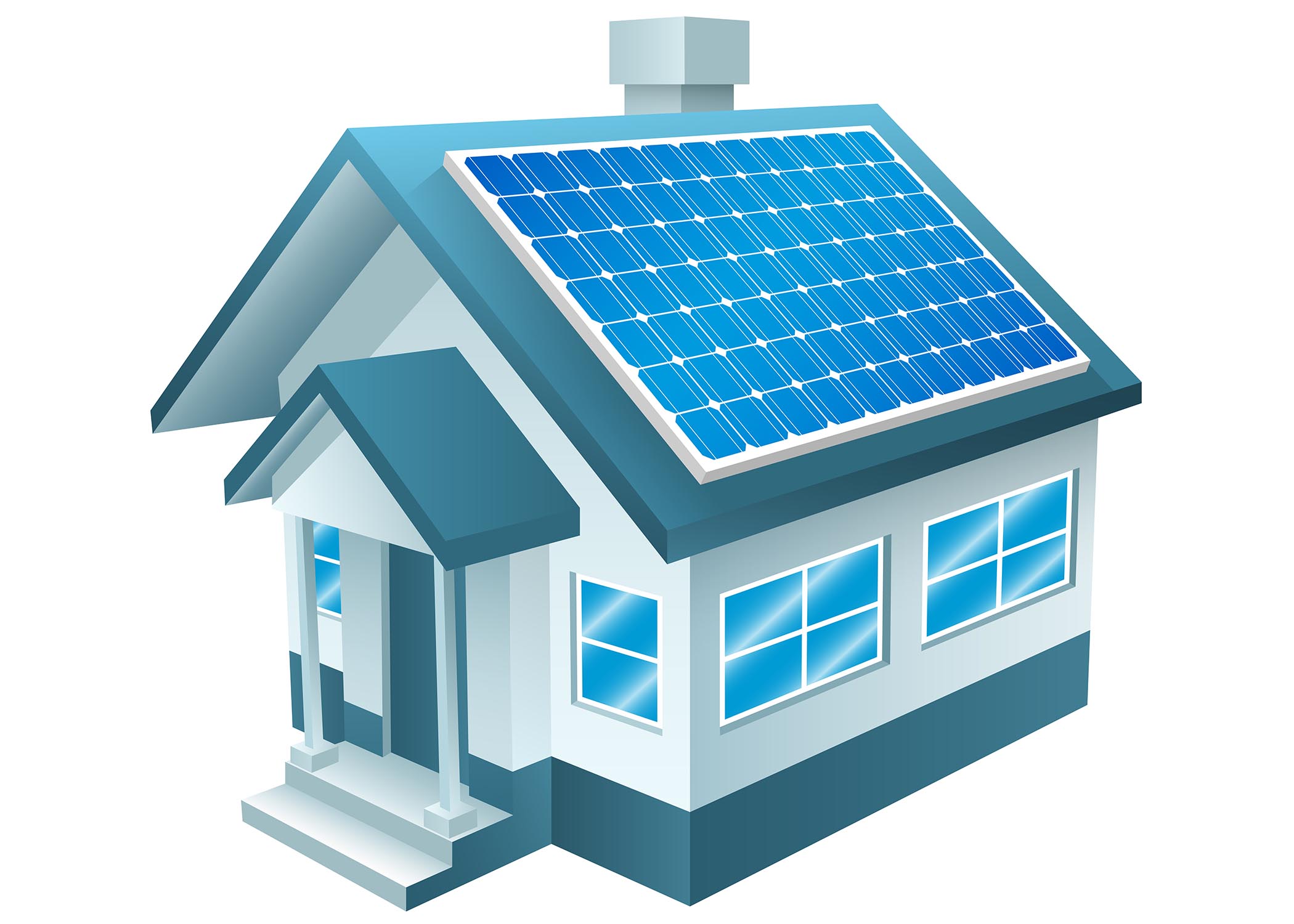Solar has become a hot commodity.
Why?
With the price of solar energy plummeting 89% since 2010, it’s hard to ignore the money it saves you each month in electricity.
It’s become so hot that 46% of homeowners are considering installing it in their homes within the past year.
To date, the solar industry has focused on homeowners and communities that could afford the hefty solar price tag.

But as the technology for solar improves and demand skyrockets, it’s time for the industry to look at affordable solar options.
Helping this effort, the 26% federal tax credit and state tax incentives broadened access to include households from a wider income bracket, but underserved communities are excluded from these benefits.
Improving the resilience of lower-income households involves finding ways to make access to renewable energy more equitable.
Builders involved in affordable housing or Habitat for Humanity projects can create opportunities by providing information on including affordable solar in these projects.
Fortunately, several federal programs and a nonprofit organization initiative provide builders with resources to incorporate solar in low-income neighborhood projects.

Federal Affordable Solar Options
The federal government wants to accelerate America’s shift to renewable energies to reduce carbon dioxide emissions, decrease reliance on fossil fuels, and increase energy independence.
This creates a more resilient nation while minimizing contributions to global warming.
Solar energy clearly falls into this category, providing clean, renewable energy harnessed our greatest energy source: the sun.
While the sun’s energy is free, harnessing it requires an upfront investment that many people cannot make without assistance.
The federal government initiated a solar tax credit to relieve some of the financial burdens of installing solar panels, providing homeowners with a 26% credit for the total project’s cost.
While this is a great incentive, low-income households generally do not make enough to benefit from the credit, so other options are needed.
The Department of Housing and Urban Development (HUD) Programs

HUD offers several resources for public housing projects.
One of the most creative projects is the Energy Performance Contracting program.
Under it, there’s no upfront cost for solar installation for affordable housing projects. Instead, the costs are borne out of the energy savings.
The performance contractor bears the initial costs, which are paid back over time based on the energy saved through clean energy installation.
Another program HUD offers is the Rate Reduction Incentive program.
This program offers grants to Public Housing Authorities (PHAs) that go above and beyond federal and state requirements to lower utility costs.
PHAs that can demonstrate they took actions, like installing affordable solar, to lower the cost of utilities retain 50% of the energy savings amount they produce.
The Department of Agriculture
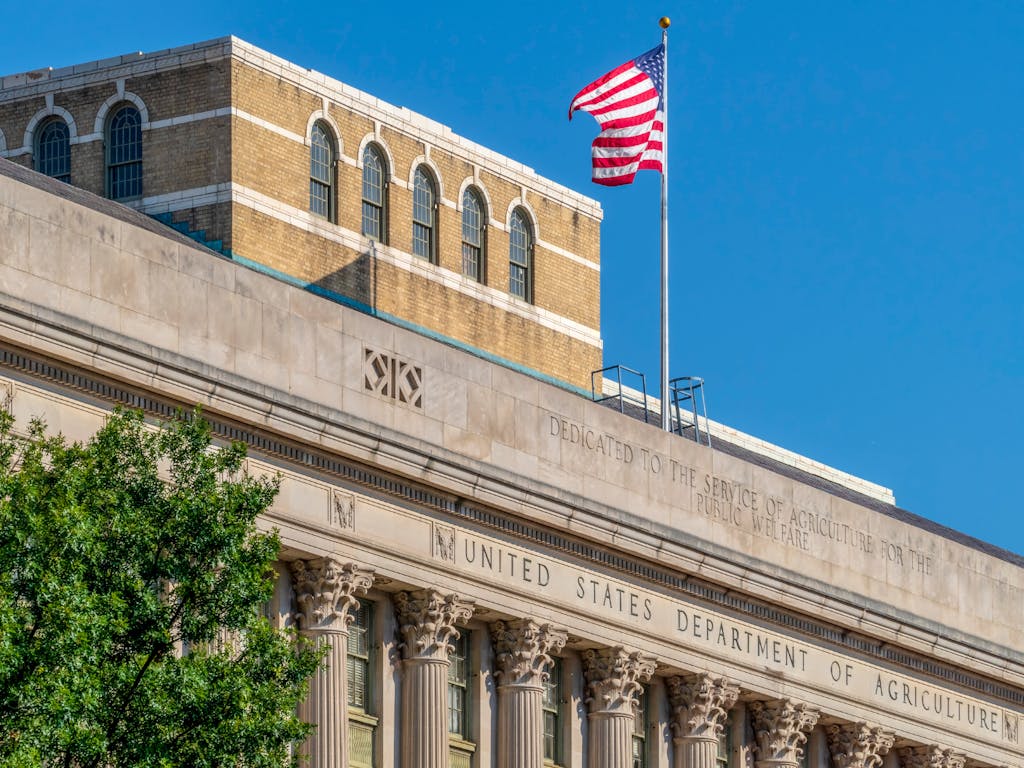
The USDA’s Rural Development division offers financial incentives for creating affordable housing in rural areas.
The Multifamily Housing Direct Loans program aims to make it easier for those who could not obtain commercial loans to make rent affordable for low-income individuals and families.
This is a program specifically for providers of rental properties in multifamily housing units.
Those who build affordable housing projects are often prohibited from including affordable solar due to the increased installation cost, making it difficult for them to charge rent that low-income households could afford.
The Department of Treasury’s 1603 Program
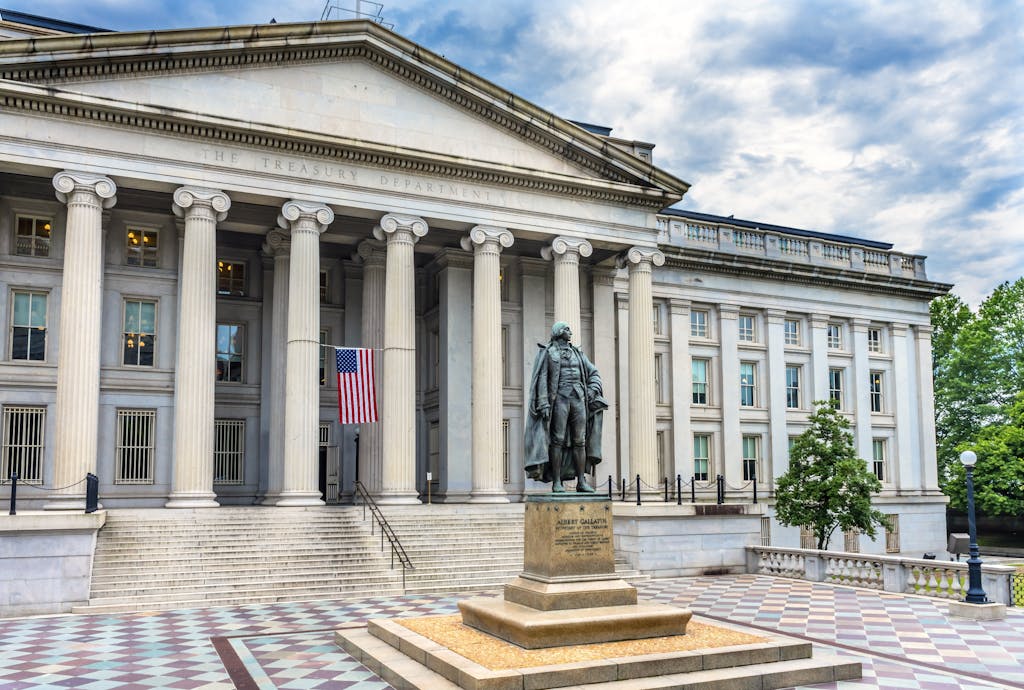
As part of the American Recovery and Reinvestment Act of 2009, the Department of Treasury created Payments for Specified Energy Property in place of the tax credits program.
This program aims to assist homeowners who cannot take advantage of federal tax credits for clean energy.
Eligible applicants can get reimbursed for a portion of the installation cost when installing clean energy options, including solar.
This program expired at the end of 2011, but homeowners who installed solar before that date are still eligible to apply for reimbursement if they did not claim the federal tax credit.
Affordable Solar through the Resilient Power Project
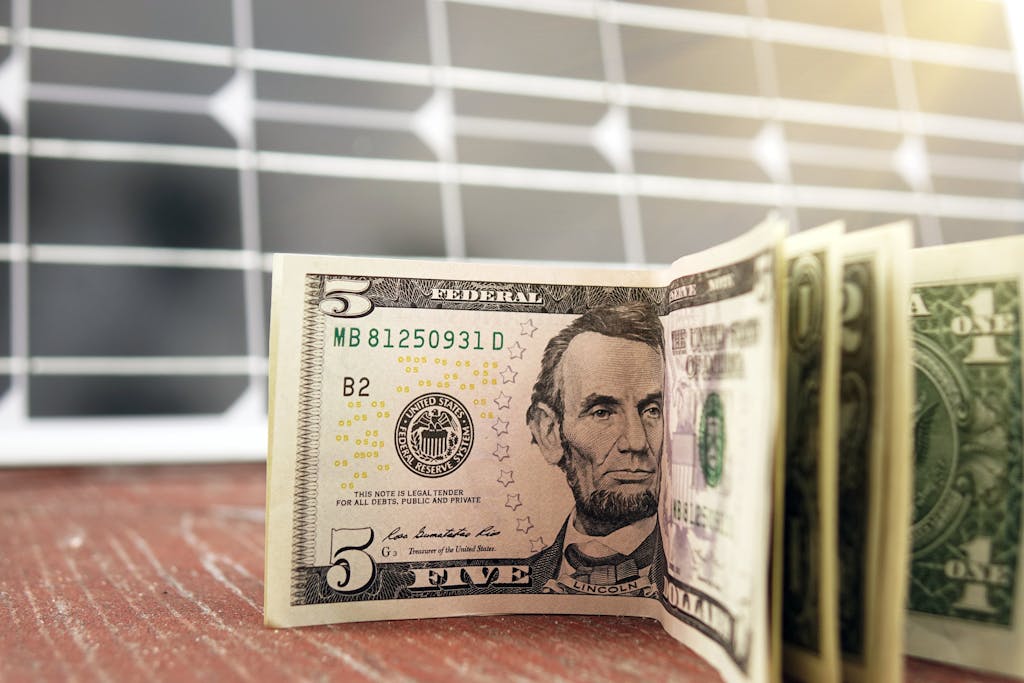
The Clean Energy Group is a nonprofit organization dedicated to promoting clean energy policies and supporting initiatives that improve access across all sectors of society.
It has teamed up with the Meridian Institute to create the Resilient Power Project.
The project focuses on creating clean energy solutions in the affordable housing market and community facilities that provide services to low-income and disadvantaged communities.
Resilient Power Grants
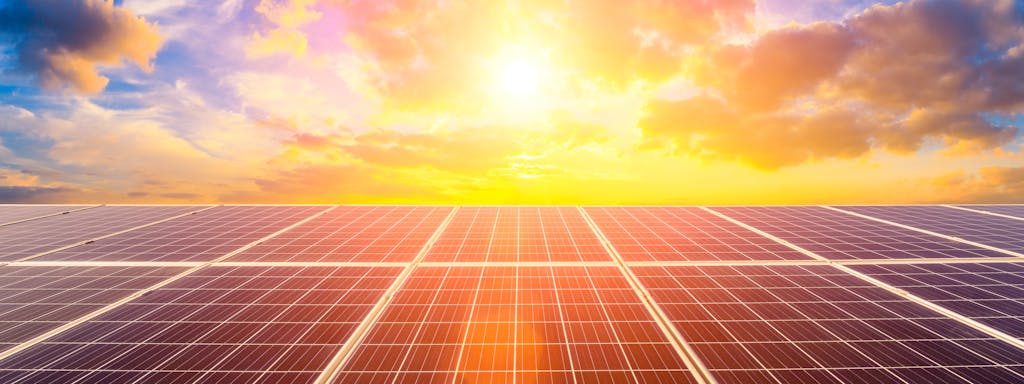
The project is dedicated to solar deployment along with energy storage to create resilience in low-income communities.
It has two funding avenues available.
The first provides between $5,000 and $15,000 in grants to:
- Pay for technical assistance from third-party experts in clean energy storage
- Alleviate some of the predevelopment costs associated with solar energy and storage projects
- Assist city officials in developing resilient power projects
The funds are only for projects that also provide affordable housing and seek to offer affordable solar within the community.
Financing Partnership

The Clean Energy Group partnered with the Kresge Foundation to support solar and energy storage projects in the Northeast through the second financial option.
They aim to expand their geographic footprint and eventually offer assistance in other regions as well.
They selected the New York City Energy Efficiency Program as its first lender to participate in an innovative financing program that offers:
- $3 million in loan guarantees to offset the risk to lenders for providing loans to low-income households for solar and storage installation
- $170,000 to the lender to accelerate the capacity to distribute information and finance projects
- $120,000 in technical assistance grants to get the projects off the ground
The Clean Energy Group has a treasure trove of information for builders, community developers, and homeowners interested in creating affordable solar options in underserved communities.
Expanding Solar’s Reach
At Unbound Solar®, we fully believe clean, renewable energy is a resource everyone should access.
We are dedicated to providing builders with the tools to implement affordable solar in traditionally underserved and disadvantaged communities.
When you join our Homebuilder Partnership Program, we offer our expertise and full-system support to allow you to integrate solar into your build projects seamlessly.
Contact us today for a free consultation.
